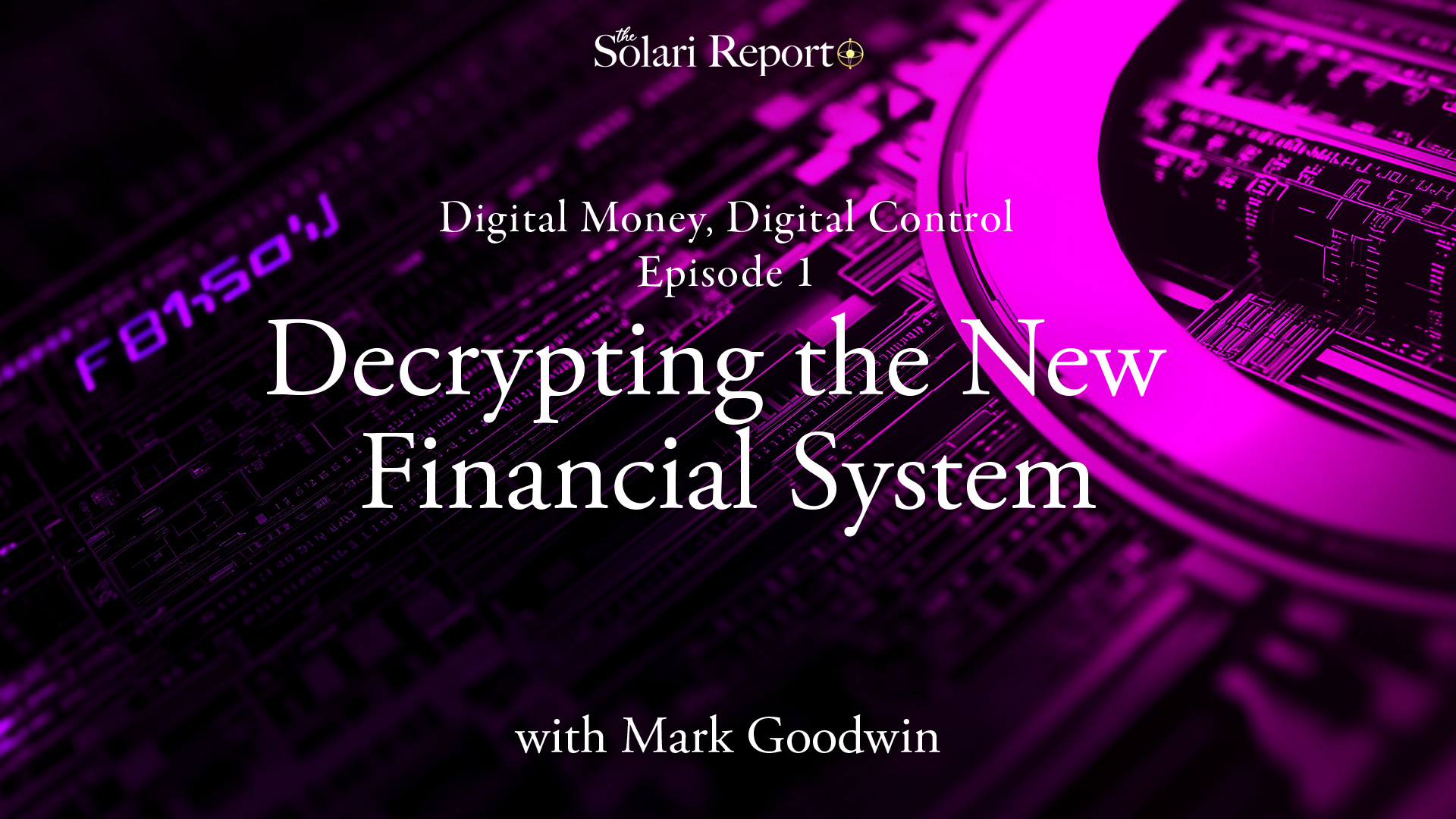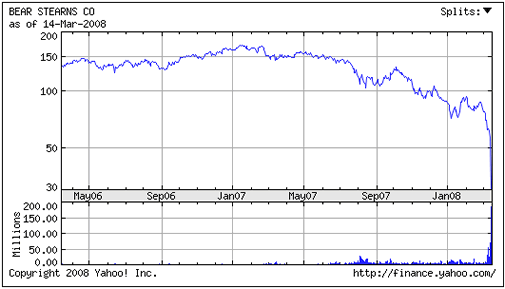Well, Eliot Spitzer’s resignation was just in time. Can you imagine what he would have said about this?
As of December 31, 2007, the New York State Teacher’s Retirement System owned 493,007 shares of Bear Stearns stock at a cost basis of $24,736,363.42 or $50.1745 per share. The year end value was $43,507,867.75 or $88.25 per share.
As of March 31 2007, the New York State and Local Retirement System owned 453,385 shares of Bear Stearns stock at a cost of $34,443,043 or $75.97 and a valuation at that date of $68,850,650 or $145.24
JP Morgan has just announced that they are going to buy Bear Stearns at $2 per share. Bear Stearns stock closed at $30 on Friday and at $57 on Thursday. Which means JP Morgan is not paying a premium to market. They are paying a 93% discount to market.
This means that the New York teachers and public employees invested $59 million in Bear Stearns and their investment is now worth $1.9MM, a loss of $57 million. If you look at their opportunity cost, the New York pension plans could have sold in June 2007 before reality hit mortgage market valuations at $151 per share. From that point of view, they have lost $149 per share, or $141 million
Master Link:
To identify mortgage and other holdings by your state retirement system and calculate the losses on Bear Stearns, here is a master link to state systems.






Some more unanswered questions appearing on the Bear Stearns deal — see my post that will go up today. I am wondering, Mr. Adams, how much your firm made on Bear Stearns puts and what your trading positions were on this deal. Care to illuminate?
My guess is as follows. Bear’s value on a mark to market basis is less than $2.00. Bear Stearns was originating and trading assets whose value was substantially above any fundamental economic value. Debt and derivatives leverage reduced their equity to a negative number. The same is true for other players and it is a political and regulatory matter as to who goes down and who does not. As Bear Stearns is an investment bank, a Fed bailout may have had to go through a bank such as JP Morgan.
I do think there are unanswered questions. Who pulled the liquidity plug and why? Was it a diverse group of investors responding to fears of a credit crunch or is there more to it? How is JP Morgan still afloat given their precious metals derivatives position? If the Morgan derivatives position has a backstop from the Exchange Stabilization Fund/the US Treasury, why is that not disclosed?
The end of bubbles always bring consolidation. Remember, the dump is as profitable, if not more so, then the pump for the players who take the long view.
JPMorgan is paying a reasonable sum for the REMAINING assets that have value.
We can find fault with many areas, e.g. bad lending practices, etc. but the reality is Bear borrowed too much money to buy assets that plunged in value. Now, regular folk are demanding their cash back–essentially a run on the bank–and Bear doesn’t have enough to pay them and their creditors.
This is no different then you lending money to your stupid brother-in-law to buy a house at the peak of this housing cycle. Now, the underlying asset is worth 2/3’s and you want your money back. How can he pay you?
Catherine,
Thank you for pointing this out. This was nothing but a bank robbery pulled right in front of everyones eyes. Even if the shareholders were to try to vote this down, JPMorgan holds all the cards, they could just take Bear Sterns and give shareholders nothing! They were able to buy billions in assets for millions. Given a free ride by printed up fed money. People should be outraged!